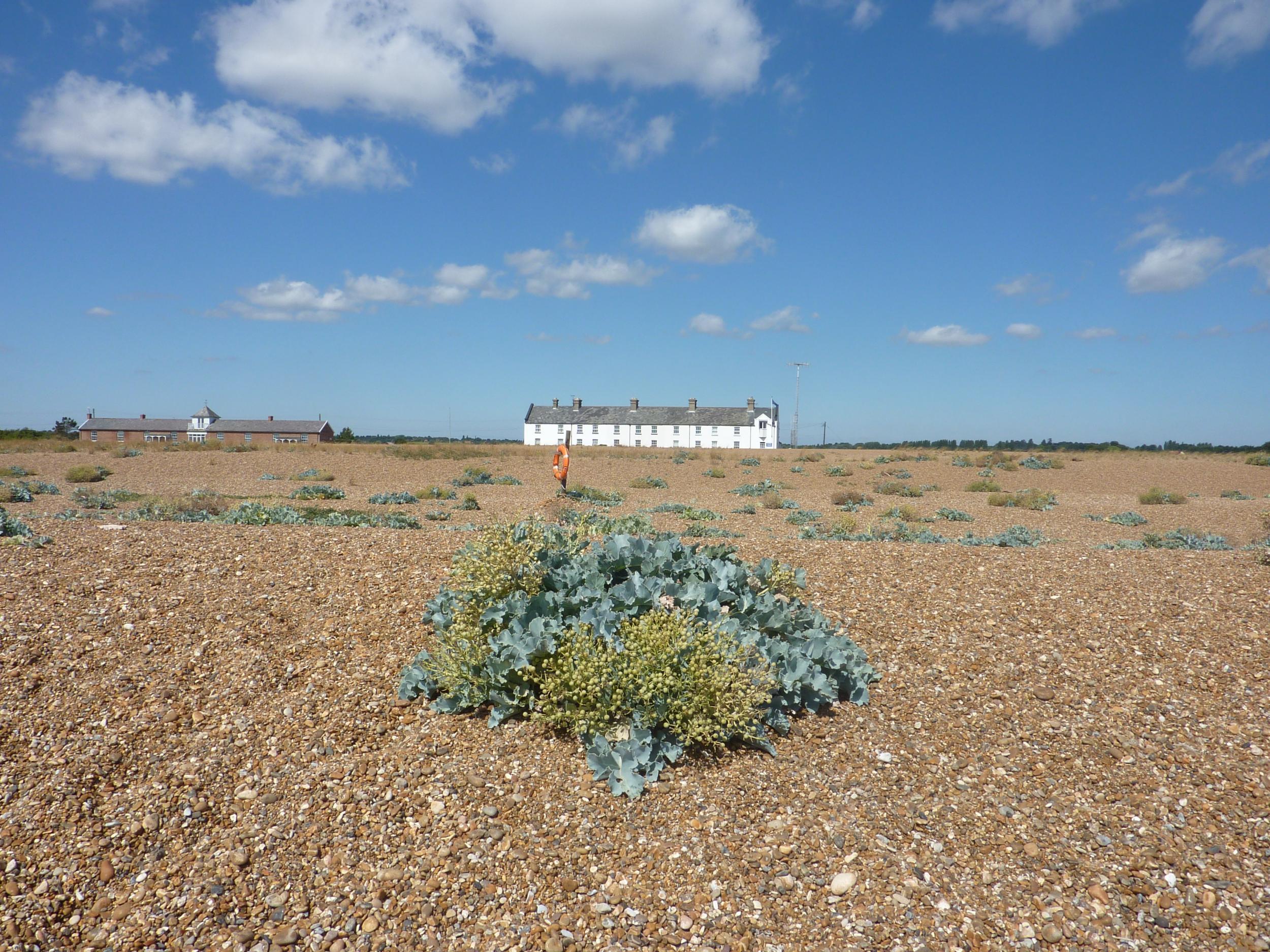Cool Place of the Day: Shingle Street, Suffolk
Every day, a new place to discover or explore from coolplaces.co.uk

Your support helps us to tell the story
From reproductive rights to climate change to Big Tech, The Independent is on the ground when the story is developing. Whether it's investigating the financials of Elon Musk's pro-Trump PAC or producing our latest documentary, 'The A Word', which shines a light on the American women fighting for reproductive rights, we know how important it is to parse out the facts from the messaging.
At such a critical moment in US history, we need reporters on the ground. Your donation allows us to keep sending journalists to speak to both sides of the story.
The Independent is trusted by Americans across the entire political spectrum. And unlike many other quality news outlets, we choose not to lock Americans out of our reporting and analysis with paywalls. We believe quality journalism should be available to everyone, paid for by those who can afford it.
Your support makes all the difference.About eight miles south-east of the Suffolk town of Woodbridge, across the marshes on the far side of the village of Hollesley, Shingle Street is a desolate spot. Ironically it’s probably the only settlement in Suffolk without streets of any kind, just a long line of bungalows and cottages facing directly onto the beach and the North Sea.
Until a series of top secret documents were declassified in 1992, well before their official 2021 expiry date, all sorts of rumours circulated about Shingle Street, most luridly one about 3,000 German soldiers, part of an attempted invasion force, who were allegedly killed in a firefight here.
Most of this has proved to be wartime propaganda, and what actually happened during the Second World War was not that remarkable, although maybe a little scandalous: Shingle Street was forcibly evacuated in 1940 in anticipation of a German invasion, and three years later was a venue for munitions testing. After the war it was deemed uninhabitable because of the number of mines that had been laid on its beach, and it wasn’t until the late 1940s that these were cleared and people began to drift back.
It has never regained the prosperity it once had, and its eerie isolation is now rather compelling. But what really brings people here is the abundance of bird and wildlife, which thrives in a place where most of the properties are only occupied for part of the year. Park up by the beach, have a swim in the sheltered, lagoon-like waters, and enjoy the peace and quiet.
Cool Places is a website from the creators of Rough Guides and Cool Camping, suggesting the best places to stay, eat, drink and shop in Britain (coolplaces.co.uk)
Join our commenting forum
Join thought-provoking conversations, follow other Independent readers and see their replies
Comments